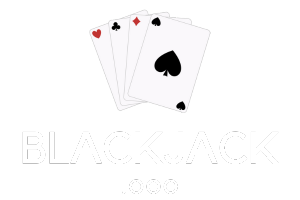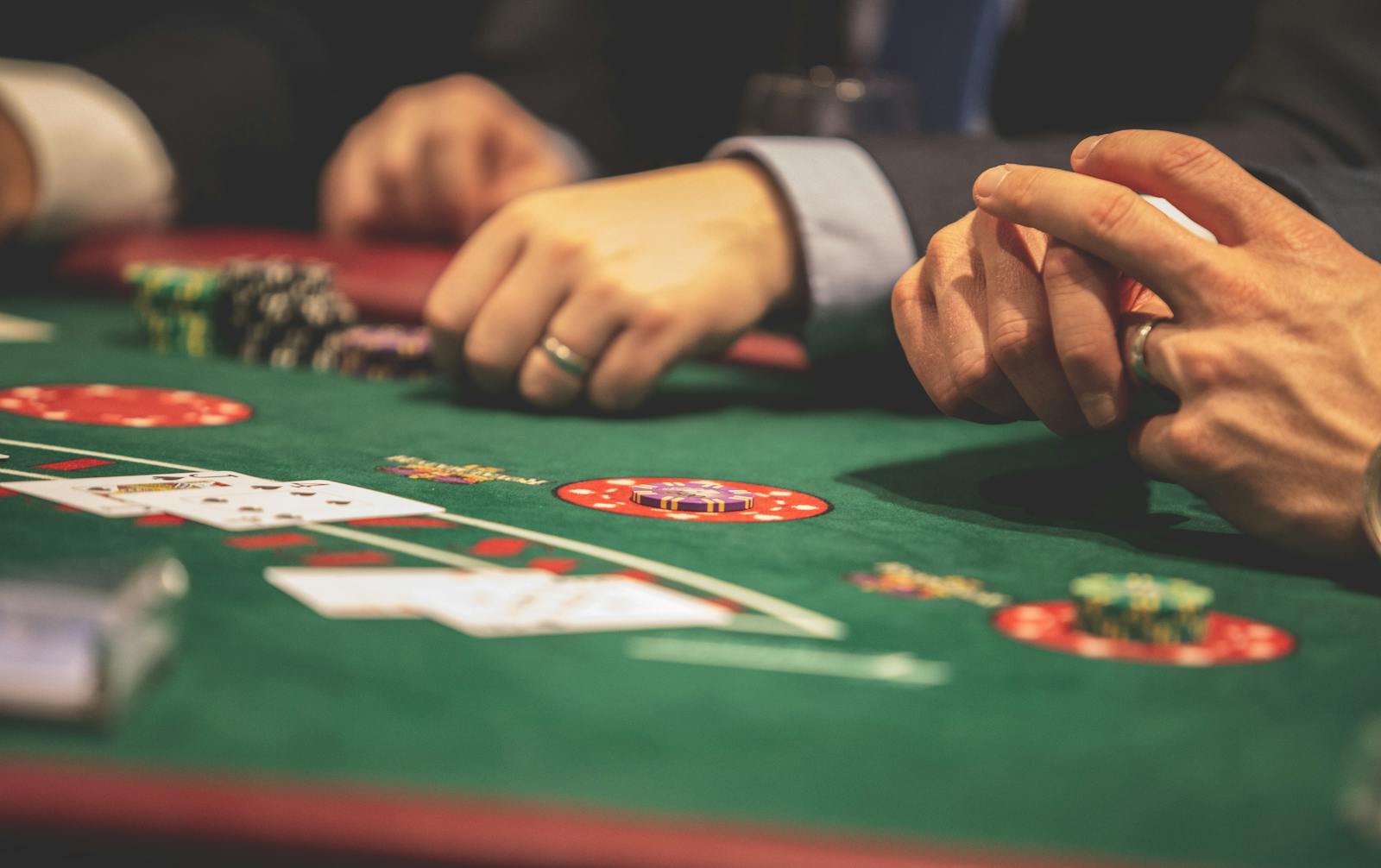In blackjack, clear communication between the player and the dealer is essential for smooth gameplay. While verbal commands can sometimes be used, hand signals are the preferred method in casinos to ensure clarity and prevent misunderstandings. This article explains the common hand signals used in blackjack and their importance.
Importance of Hand Signals in Blackjack
Hand signals are crucial in casinos for several reasons:
- Security: They provide a clear record of the player’s decisions, which can be reviewed by security cameras if disputes arise.
- Clarity: Signals help avoid verbal misunderstandings due to noise or language barriers.
- Game Integrity: They ensure that actions are deliberate and understood by all parties.
Common Blackjack Hand Signals
Hit
- Hand Gesture: To indicate a “hit,” gently tap the table in front of your cards or point to them with your finger. In face-up games, where the cards are dealt open, use your hand to scratch the table toward you.
Stand
- Hand Gesture: To “stand,” wave your hand horizontally over your cards without touching them. In face-down games, you can slide your cards under your bet, indicating no further action is desired.
Double Down
- Hand Gesture: Place an additional bet next to the original bet, not on top of it, to avoid confusion with increasing the wager. Then, hold up one finger to signal doubling down. In some casinos, you might simply place the extra chips and point with one finger.
Split
- Hand Gesture: If you have two of the same cards and want to split, place an additional bet next to the original bet and hold up two fingers, resembling a peace sign, to indicate your desire to split.
Surrender
- Hand Gesture: This signal varies but often involves drawing an imaginary line from left to right across the table with your finger. Since surrender is not available in all casinos, it’s important to know the specific gesture or to ask the dealer before starting to play.
Tips for Using Hand Signals
- Consistency: Use the same, clear hand signals every time to maintain consistency and avoid errors.
- Patience: Execute your gestures slowly and clearly, especially in a crowded or noisy environment.
- Confirm: Make sure the dealer acknowledges your signal before proceeding with the game.
Conclusion
Understanding and using the correct hand signals in blackjack is a fundamental aspect of the game, especially in a casino setting. These gestures ensure that your intentions are clearly communicated to the dealer, helping to maintain the integrity and flow of the game. Whether you’re a novice or a seasoned player, mastering these hand signals will enhance your blackjack experience and ensure that your decisions are unmistakably conveyed.

